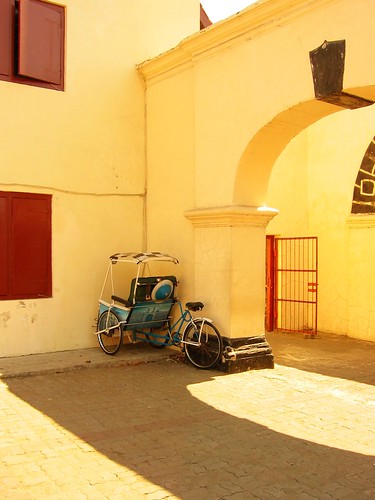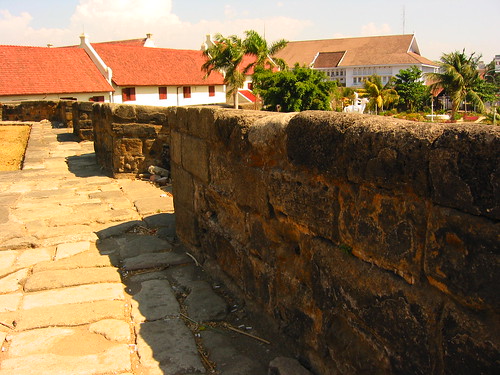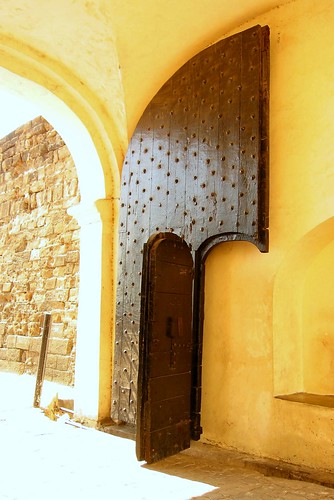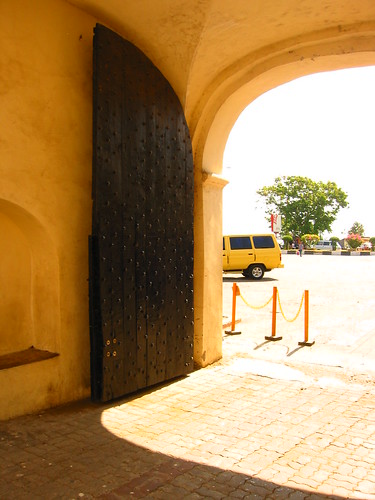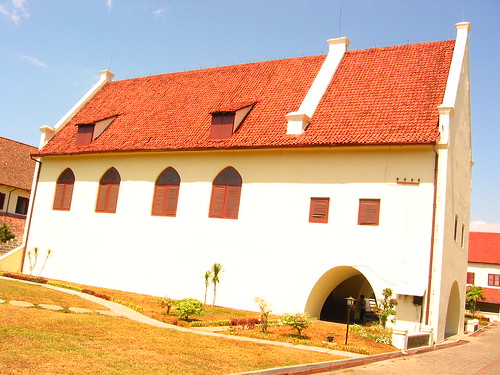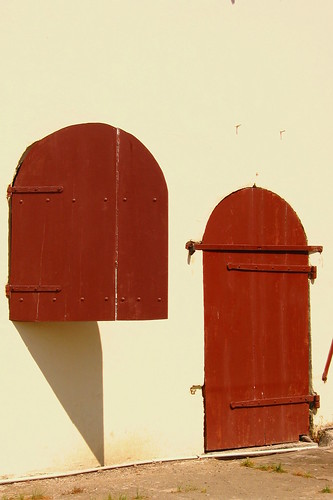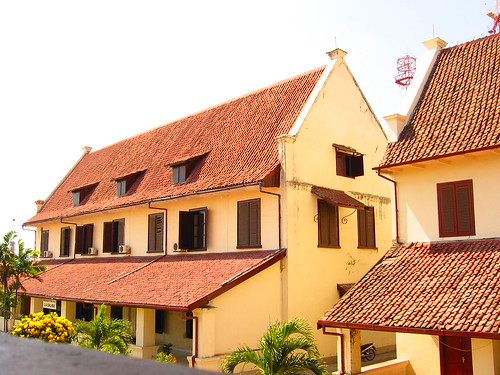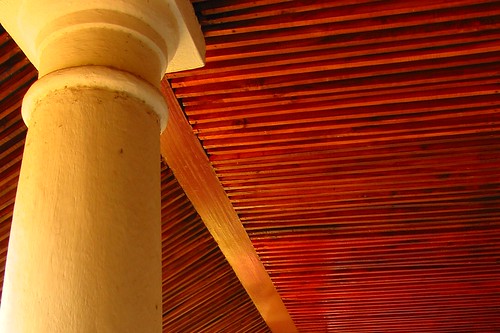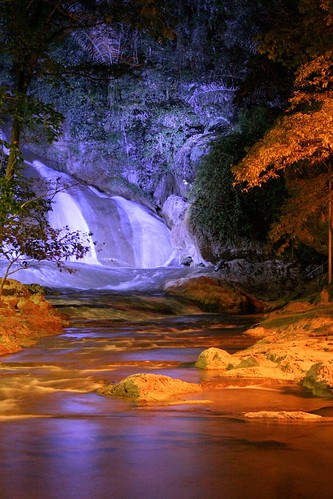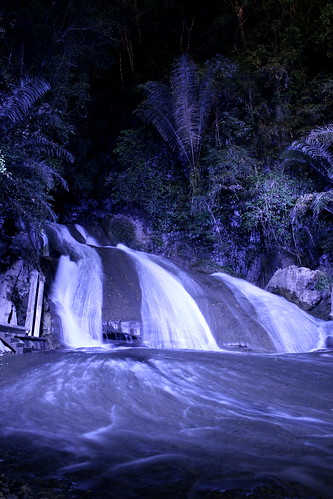In praise of Makassar’s Hasannudin airport
Arriving in Makassar’s Hasannudin airport last week was a shock, in a most pleasant way. Gone was the cramped musty terminal! In its place is Indonesia’s swankiest and newest airport, with gates and halls that are as wide as football pitches. For more than 70 decades, the old Hasannudin airport has serviced this city, normally considered the gateway of East Indonesia. The market and traffic certainly have grown since and by the time that the new millennium came, the government has started plans to move out of the cramped quarters. It certainly helped that the immediate past vice president Kallah is from South Sulawesi. By no coincidence, the construction of the new airport was fast-tracked and opened just before he left the office. (NB- He ran and lost in last month’s presidential elections).
the airport is said to have been designed and built by local contractors
the predominance of glass ushers in natural light 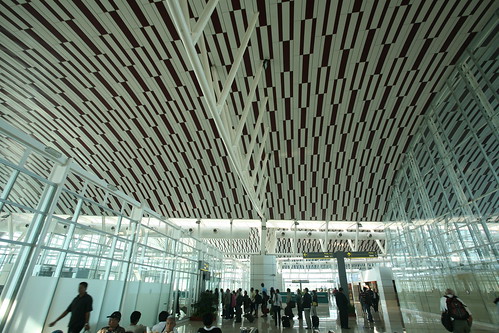
hallways are cavernous so people have to walk long distances inside the terminal
After just about one year of operation, there is still only one international flight flying into Makassar (Air Asia, with Kuala Lumpur flights) but other airlines may just follow suit. With an equally new multi-lane concrete free way shrinking travel time around South Sulawesi, the city of Makassar is ripe for development.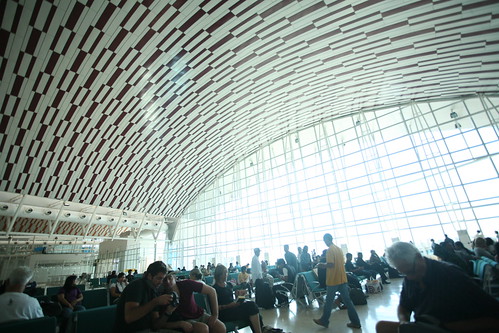
giant boarding gates offer comfortable space to the passengers
air bridges connect the boarding gates and the planes
To go: Sultan Hasanuddin International Airport is in South Sulawesi, between the border of its capital city, Makassar and Maros. It is about 17 km from Makassar central via the new toll hiway (15 min).






